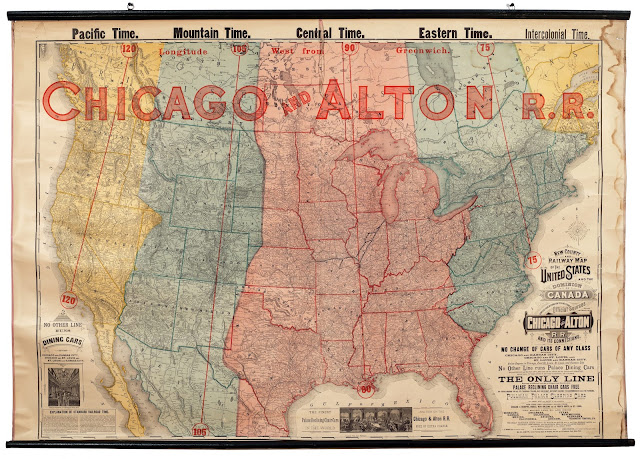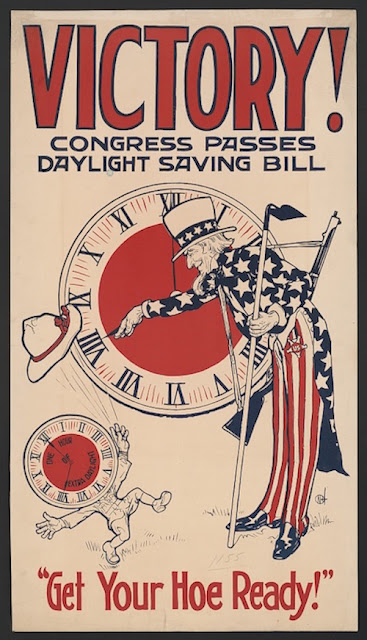On This Date In History
On November 18, 1978, Peoples Temple founder Jim Jones leads hundreds of his followers in a mass murder-suicide at their agricultural commune in a remote part of the South American nation of Guyana. Many of Jones’ followers willingly ingested a poison-laced punch while others were forced to do so at gunpoint. The final death toll at Jonestown that day was 909; a third of those who perished were children.
Jim Jones was a charismatic churchman who established the Peoples Temple, a Christian sect, in Indianapolis in the 1950s. He preached against racism, and his integrated congregation attracted many African Americans. In 1965, he moved the group to Northern California, settling in Ukiah and after 1971 in San Francisco. In the 1970s, his church was accused by the media of financial fraud, physical abuse of its members and mistreatment of children. In response to the mounting criticism, the increasingly paranoid Jones invited his congregation to move with him to Guyana, where he promised they would build a socialist utopia. Three years earlier, a small group of his followers had traveled to the tiny nation to set up what would become Jonestown on a tract of jungle.
Jonestown did not turn out to be the paradise their leader had promised. Temple members worked long days in the fields and were subjected to harsh punishments if they questioned Jones’ authority. Their passports were confiscated, their letters home censored and members were encouraged to inform on one another and forced to attend lengthy, late-night meetings. Jones, by then in declining mental health and addicted to drugs, was convinced the U.S. government and others were out to destroy him. He required Temple members to participate in mock suicide drills in the middle of the night.
In 1978, a group of former Temple members and concerned relatives of current members convinced U.S. Congressman Leo Ryan, a Democrat of California, to travel to Jonestown and investigate the settlement. On November 17, 1978, Ryan arrived in Jonestown with a group of journalists and other observers. At first the visit went well, but the next day, as Ryan’s delegation was about to leave, several Jonestown residents approached the group and asked them for passage out of Guyana. Jones became distressed at the defection of his followers, and one of Jones’ lieutenants attacked Ryan with a knife. The congressman escaped from the incident unharmed, but Jones then ordered Ryan and his companions ambushed and killed at the airstrip as they attempted to leave. The congressman and four others were murdered as they boarded their charter planes.
Back in Jonestown, Jones commanded everyone to gather in the main pavilion and commit what he termed a “revolutionary act.” The youngest members of the Peoples Temple were the first to die, as parents and nurses used syringes to drop a potent mix of cyanide, sedatives and powdered fruit juice into children’s throats. Adults then lined up to drink the poison-laced concoction while armed guards surrounded the pavilion.
When Guyanese officials arrived at the Jonestown compound the next day, they found it carpeted with hundreds of bodies. Many people had perished with their arms around each other. A few residents managed to escape into the jungle as the suicides took place, while at least several dozen more Peoples Temple members, including several of Jones’ sons, survived because they were in another part of Guyana at the time.
On November 18, 1883, at exactly noon on this day, American and Canadian railroads begin using four continental time zones to end the confusion of dealing with thousands of local times. The bold move was emblematic of the power shared by the railroad companies.
The need for continental time zones stemmed directly from the problems of moving passengers and freight over the thousands of miles of rail line that covered North America by the 1880s. Since human beings had first begun keeping track of time, they set their clocks to the local movement of the sun. Even as late as the 1880s, most towns in the U.S. had their own local time, generally based on “high noon,” or the time when the sun was at its highest point in the sky. As railroads began to shrink the travel time between cities from days or months to mere hours, however, these local times became a scheduling nightmare. Railroad timetables in major cities listed dozens of different arrival and departure times for the same train, each linked to a different local time zone.
Efficient rail transportation demanded a more uniform time-keeping system. Rather than turning to the federal governments of the United States and Canada to create a North American system of time zones, the powerful railroad companies took it upon themselves to create a new time code system. The companies agreed to divide the continent into four time zones; the dividing lines adopted were very close to the ones we still use today.
Most Americans and Canadians quickly embraced their new time zones, since railroads were often their lifeblood and main link with the rest of the world. However, it was not until 1918 that Congress officially adopted the railroad time zones and put them under the supervision of the Interstate Commerce Commission.















No comments:
Post a Comment